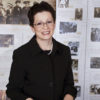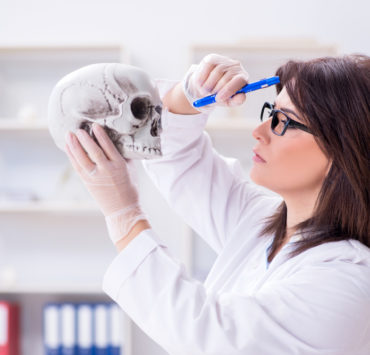Women Contribute to the Country’s Infrastructure

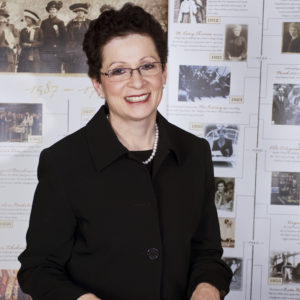
Jill S. Tietjen, PE, is an author, national speaker, and…
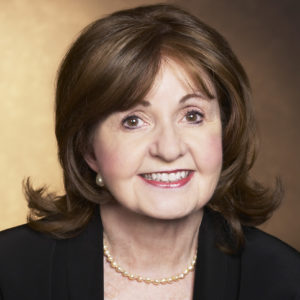
Charlotte S. Waisman, Ph.D. is a national champion and advocate…
The U.S. Congress has spent much of 2021 working on a bill to fund improvements and repairs to our country’s infrastructure – the underpinning of our standard of living and quality of life. The American Society of Civil Engineers’ 2021 infrastructure report card graded 18 categories including aviation, bridges, broadband, dams, drinking water, energy, hazardous waste, inland waterways, levees, public parks, ports, rail, roads, schools, solid waste, stormwater, transit and wastewater to describe the many issues that need upgrades. Let’s see how women have helped with some of these critical issues.

Aviation: Displaying business and financial acumen from a young age, Olive Ann Mellor joined the Travel Air Company in Wichita, Kansas as a secretary and the only woman out of the company’s 12 employees in 1924. She and Walter H. Beech, the founder of Travel Air married in 1930 and moved to New York City. In 1932, the Beeches returned to Wichita and established Beech Aircraft Company. She served as secretary-treasurer of their new company. In 1940, Walter Beech became ill, and Olive Ann Beech stepped into the leadership of the company. After he died in 1950, Olive Ann was elected president and chairman, at age 47, the first woman to head a major aircraft company. She guided the Beech Aircraft Company for more than 30 years. After it merged with the Raytheon Company in 1980, she served on Raytheon’s board of directors. Beech has been deemed “The First Lady of Aviation.” Her many honors include being the first person inducted into the Kansas Business Hall of Fame and induction into the National Aviation Hall of Fame and the American National Business Hall of Fame.
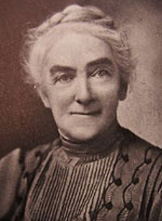
Drinking Water: Engineering News-Record called Ellen Henrietta Swallow Richards “the first female environmental engineer.” Richards produced the first water purity tables in 1887, helped establish the first systematic course in sanitary engineering at MIT, founded the science of home economics, is called the “mother of ecology” and was one of the founders of what today is called the American Association of University Women. After graduating from Vassar in 1870, Richards was accepted to MIT as a “special student” labeled the “Swallow Experiment.” In 1872, she began her work on water testing. In 1873, she was awarded a B.S. degree from MIT as well as an M.A. degree from Vassar College. Richards was later appointed as an instructor of sanitary chemistry in MIT’s newly established laboratory for the study of sanitation chemistry and engineering. She supervised a study in 1887-1889 of the quality of Massachusetts’ inland waters for the Massachusetts State Board of Health. Richards plotted the samples on a map of the state of Massachusetts. Through these efforts, she was able to detect geographic patterns in the chlorine data that served as an early warning system for inland water pollution. She also developed “Water Purity Tables”, that were the first water quality standards developed in the U.S. She said that “One of the most serious problems of civilization is maintaining clean water and clean air, not only for ourselves but for the Planet.”
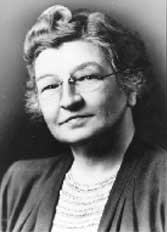
Energy: A woman engineer with many firsts to her name, Edith Clarke graduated from Vassar with an A.B. in mathematics and astronomy in 1908 (Phi Beta Kappa). She served for many years as a “computer” or overseeing computers – the women who performed the mathematical calculations for the engineers (men). After completing her master’s degree in electrical engineering at MIT in 1919 (the first woman), no one would hire her as an engineer because of her gender – they had no openings for a woman engineer! In 1922, General Electric finally offered her a job as an electrical engineer in the central station engineering department. When she accepted this job, she became the first professionally employed female electrical engineer in the U.S. Clarke’s area of specialty was electric power systems and problems related to its operation. Clarke literally wrote the textbook (in two volumes) that was used to educate all power system engineers for many years for symmetrical components: Circuit Analysis of AC Power Systems, Symmetrical and Related Components (1943) and a second volume in 1950. In 1915, she received a patent for her “graphical calculator” and, in 2015, she was posthumously inducted into the National Inventors Hall of Fame for that invention. One of the first women fellows of the Institute of Electrical and Electronics Engineers, she was one of the few women licensed as a professional engineer in New York, and later she became the first woman professor of electrical engineering in the country.
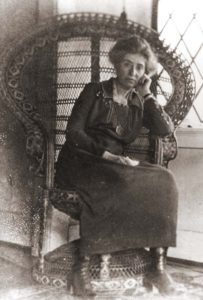
Public Parks: Mary Colter became an architect, designer and decorator for the Fred Harvey Company in 1902. The Fred Harvey Company had operated the gift shops, newsstands, restaurants, and hotels of the Atchison, Topeka, and Santa Fe Railway since 1876. Colter created those Fred Harvey hotels along the railroad and at the Grand Canyon, putting the Southwest on the map. Colter demonstrated a new style of architecture – one that grew out of the surrounding land. Her buildings pay homage to the early inhabitants of the region as she used Hopi, Navajo, Zuni and Mexican motifs. Colter also developed what is today called “National Park Service Rustic.” For these buildings she used local and natural materials. In 1925 at the La Fonda hotel in Santa Fe, New Mexico, her interior design and decorating featured local craftsmen from the pueblos; this created what is today called the Santa Fe Style. At Grand Canyon National Park, her buildings included the Hopi House (1905), Desert View Watchtower (1932), Hermit’s Rest (1914), Lookout Studio (1914), Bright Angel Lodge (1935) and Phantom Ranch (1922). The creator of Mimbreno china and flatware that was used on the trains, Colter also decorated the exteriors of the train stations in St. Louis, Chicago, and Los Angeles.
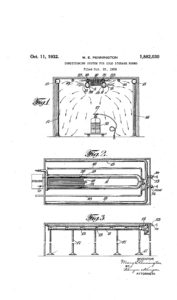
Rail: Mary Engle Pennington completed the coursework for a bachelor’s degree in chemistry, biology, and hygiene at the University of Pennsylvania, but at that time (1892), the University did not grant bachelor’s degrees to women. Instead, she received a Certificate of Proficiency in biology. She continued her studies and in 1895, received a Ph.D. in chemistry from the University of Pennsylvania. Her work in refrigeration led to her appointment as head of the Department of Agriculture’s food research laboratory. Pennington developed standards of milk and dairy inspection that were adopted by health boards throughout the country. Her methods of preventing spoilage of eggs, poultry, and fish were adopted by the food warehousing, packaging, transportation, and distribution industries. She has six patents associated with refrigeration and spoilage prevention methods. The standards she established for refrigeration railroad cars, which were informed by the time she spent riding freight trains, remained in effect for many years and gained her worldwide recognition as a perishable food expert. Pennington received the Garvan Medal from the American Chemical Society in 1940 and was the first woman elected to the American Poultry Historical Society’s Hall of Fame (1947). She has been inducted into the National Women’s Hall of Fame.
These women who contributed to infrastructure, as well as many other women, almost all of whom we have not heard about nor learned about in school, are profiled in our book, Her Story: A Timeline of the Women Who Changed America. Help us by continuing to tell the stories of the women who came before us, on whose shoulders we all stand. Tell young women especially so they understand that they can dream BIG, and then make their dreams a reality.
Author: Jill Tietjen
Jill S. Tietjen, PE, is an author, national speaker, and an electrical engineer. After 40 years in the electric utility industry, her professional focus is now on women’s advocacy, worldwide. She blogs for The Huffington Post, speaks nationally on the accomplishments of women, nominates women for awards, and continues to write books (8 published to date), following in the footsteps of her bestselling and award-winning book, Her Story: A Timeline of the Women Who Changed America (written with Charlotte Waisman). She is a frequent keynote speaker as her positive energy and her ability to relate to the audience result in inspired and energized listeners. The recipient of many awards, her induction into the Colorado Women’s Hall of Fame in 2010 remains one of her most treasured.

Jill S. Tietjen, PE, is an author, national speaker, and an electrical engineer. After 40 years in the electric utility industry, her professional focus is now on women’s advocacy, worldwide. She blogs for The Huffington Post, speaks nationally on the accomplishments of women, nominates women for awards, and continues to write books (8 published to date), following in the footsteps of her bestselling and award-winning book, Her Story: A Timeline of the Women Who Changed America (written with Charlotte Waisman). She is a frequent keynote speaker as her positive energy and her ability to relate to the audience result in inspired and energized listeners. The recipient of many awards, her induction into the Colorado Women’s Hall of Fame in 2010 remains one of her most treasured.

Charlotte S. Waisman, Ph.D. is a national champion and advocate for women as a professor and keynote speaker. A corporate leader, executive coach, and facilitator, she conducts leadership workshops nationally.

